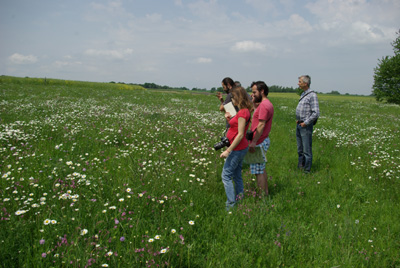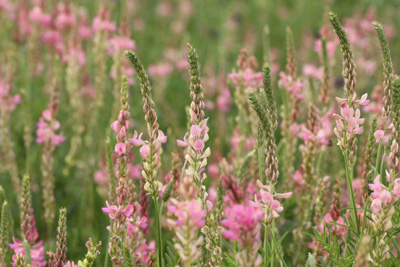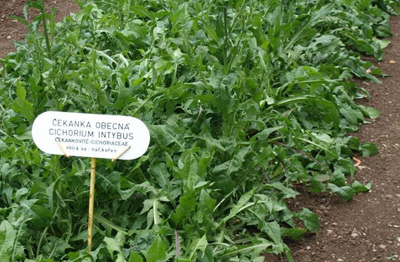

|

| 
| EN
| CZ
| 
|
|
INTRODUCTION
PROJECT GOALS
PROJECT TEAM
EXPERIMENTAL SITES
MONITORING BIODIVERSITY
USING HEMIPARASITES
DEVELOPING SEED MIXTURES
TECHNICAL STANDARDS
PROJECT OUTPUTS
MEDIA INTEREST
HELPFUL LINKS
|
Development of grass-forb mixtures(Working Group No. 3 - coordinator Dr. Vladimir Hula)
One of the key activities of this project is the development of grass-forb mixtures that will fulfill the following functions:
In addition to these important functions, the preparation of a mixture complies with these conditions:
Butterfly host plants are those plants on which butterflies are able to develop into larvae, thus butterfly caterpillars. Nectar-producing plants are those plants which provide nectar for the adult butterflies. The most important nectar-producing plants are those belonging to the following genera: Securigera, Trifolium, Lotus, Anthyllis, Onobrychis (from the family Fabaceae), Rumex (Polygonaceae), Sanguisorba and Potentilla (Rosaceae), Plantago (Plantaginaceae), Helianthemum (Cistaceae), Eryngium and Daucus (Apiaceae), Thymus and Origanum (Lamiaceae) and hemiparasitic plants of the genus Melampyrum (Orobanchaceae). Some butterfly host plants can provide nectar for adults; however, there are also plants which are only nectar-producing. These plant species are also good to use in seed mixtures. Based on empirical experience in the field, we selected the following nectar-producing species: Salvia pratensis, Salvia nemorosa, Cichorium intybus, Inula salicina, Inula hirta, Phacelia tanacetifolia, Sinapis alba and Fagopyrum esculentum. The later three forbs are characterized by rapid sprouting, thus in the first year, they fulfill erosion control function. Some grasses are important for the incidence and survival of butterflies. In general, we can say, that for this purpose small tufted grasses are useful, such as Festuca, but also Molinia, Holcus and Bromus (Poaceae family). The designs of seed mixtures rely on fulfilling the requirements with respect to the local environment of the region and phytogeographical areas and the possible requirements of nature protection authorities in areas of conflict of interest. Regarding regionality, we respect the latest scientific trends that have shown that an increase in genetic diversity can positively influence a variety of ecosystem functions. Thus, the mixture of plant seeds from various locations is preferable for the final seed mixtures because there will be a local selection at each new site. Important criteria for the preparation of seed mixtures are geological substrates that produce either acidic or basic environment, which must be taken into consideration with regard to the ecological requirements of sown plants. Phytogeographic termophyticum region is usually linked with basic rocks, phytogeographic mesophyticum with acidic rocks. In road/highway construction topsoil is stratified on the slopes, often of uncertain origin, but this soil is mostly brought in from surrounding areas, thus respecting the soil pH in local phytogeographical region. A large number of species selected for the final seed mixtures are able to tolerate acidic and alkaline environments. Thus four final mixtures are being prepared: a simple mixture for the Moravian and Czech termophyticum, a simple mixture for the Moravian and Czech mezophyticum, enriched mixture for Moravian and Czech termophyticum and enriched mixture for Moravian and Czech mezophyticum. |
    |